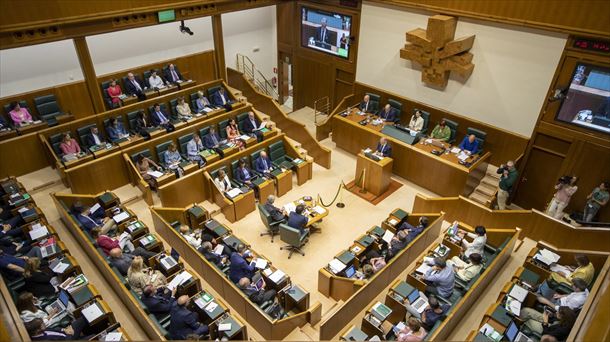The world’s population has grown to more than eight billion people. The United Nations Population Fund (UNFPA) reports this on Wednesday in the latest world population report. In this context, the organization once again called for the right to sexual self-determination for all women worldwide: “Societies thrive when people are given opportunities, when they are healthy, well-educated and able to exercise their rights.”
According to the UNFPA, the eight billion mark was already passed in November. However, according to the report, two-thirds of all people live in areas with low fertility rates (fewer than 2.1 children per woman). The organization emphasized that demographic trends should often serve as a simplified conclusion to explain today’s many crises. It is therefore incorrect to blame population growth and fertility for the climate crisis. “Out of eight billion people, about 5.5 billion do not earn enough money to contribute significantly to carbon emissions; because in order to produce emissions, a person must be able to consume. Only ten percent of the world’s population is responsible for half of all greenhouse gas emissions.
Equality for women ensures economic growth
The number of governments taking measures to increase, decrease or maintain the number of births is increasing. “It has long been known that the political instrumentalization of fertility and women’s bodies is very often ineffective,” it said. Instead, political measures must be taken to ensure equality for all genders. “Gender equality in the world of work has been proven to increase a country’s productivity and income level. Educating women and giving them access to self-determined family planning will bring enormous benefits in terms of economic growth.”
At a press conference in Vienna, Willibald Zenk, Head of Sexual and Reproductive Health at UNFPA, therefore advocated strengthening the rights of individuals, especially women: “If the rights, dignity and equality of all people are truly respected and protected, open a future with enormous opportunities.” SPÖ spokeswoman for global development, Petra Bayr, sounded the same horn: “Coercion or pressure on individuals to have more or fewer children can never be a solution.” All women are entitled to free decisions, added Eva-Maria Holzleitner ( also SPÖ).Eva Ernst-Dziedzic of the Greens made a similar statement at the media event: a policy away from patriarchal ideology towards sex education in schools, access to contraception independent of the wallet and nationwide access to abortion is necessary.
Demand for the right to sexual self-determination
UNFPA calls for universal access to sex education for people in all parts of the world, especially for women and girls, the right to contraception, fertility treatment and abortion, including appropriate counseling, and implementation of the global Sustainable Development Goals (SDGs) .
Against the background of the current report, the organization referred to data from 68 countries on women’s sexual empowerment. According to this, 24 percent of women and girls in partnerships decide whether they want to have sex. Eleven percent of women in partnerships are also not allowed to participate in decisions about the use of contraceptives. An estimated 257 million women worldwide have an unmet need for reliable contraception.
Biggest growth in Africa
According to the UNFPA, by 2050, half of the world’s projected population growth will occur in just eight countries. These are the Republic of the Congo, Egypt, Ethiopia, India, Nigeria, Pakistan, the Philippines and the United Republic of Tanzania. “The ranking of the most populous countries in the world will change dramatically as a result,” said a paper from the fund. Europe is also the only region in the world to expect a population decline between 2022 and 2050.
India will soon overtake China as the most populous country in the world. Nearly three million more people will live in India than in China by the middle of the year, according to estimates by the UN Population Fund, the world population report shows. According to this, India will have a population of 1.4286 billion and China 1.4257 billion. The total world population then amounts to 8.045 billion people.
Source: Krone
I am Wallace Jones, an experienced journalist. I specialize in writing for the world section of Today Times Live. With over a decade of experience, I have developed an eye for detail when it comes to reporting on local and global stories. My passion lies in uncovering the truth through my investigative skills and creating thought-provoking content that resonates with readers worldwide.


